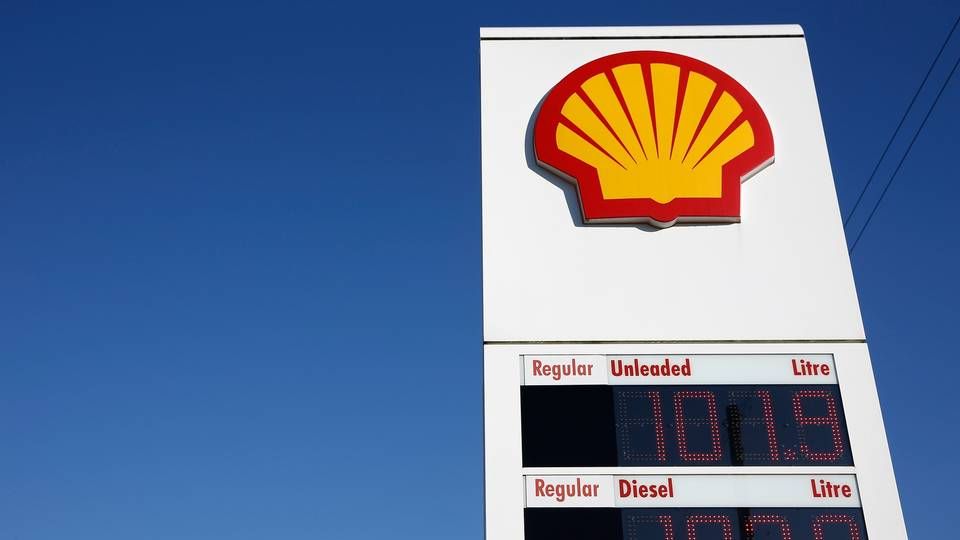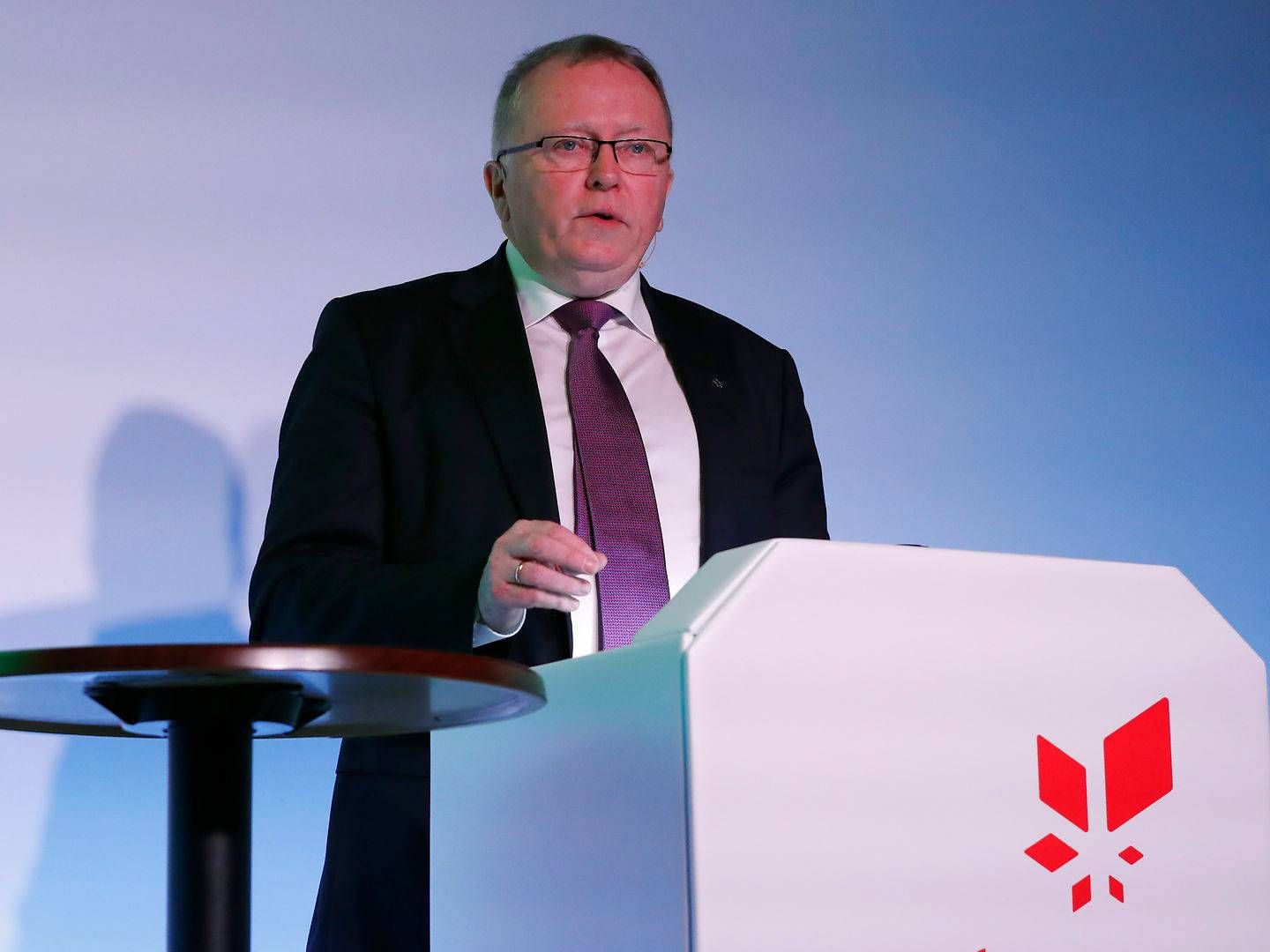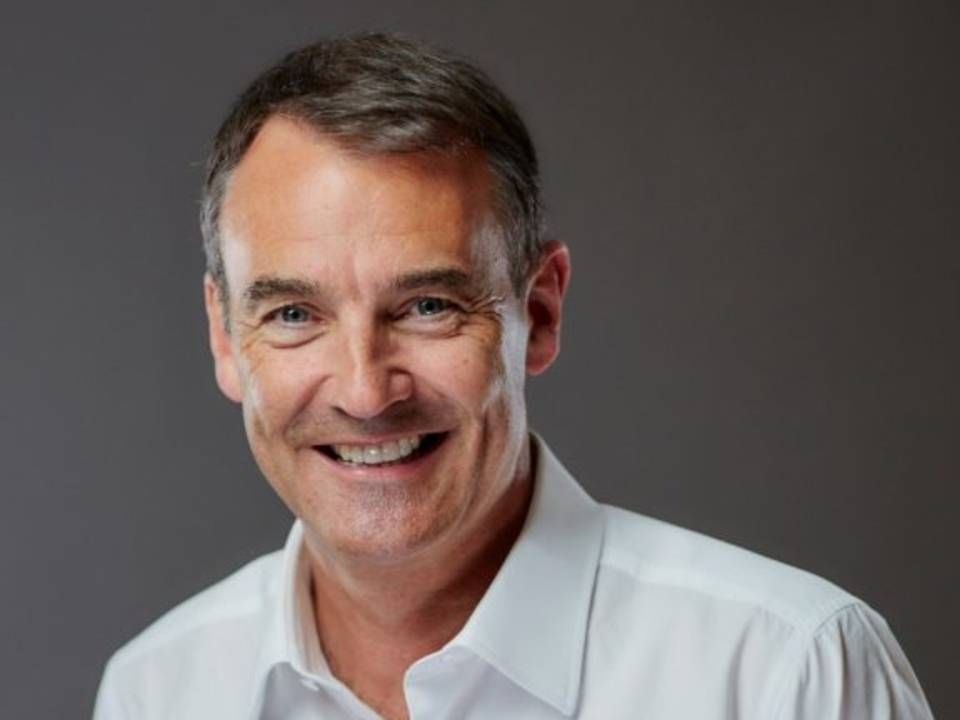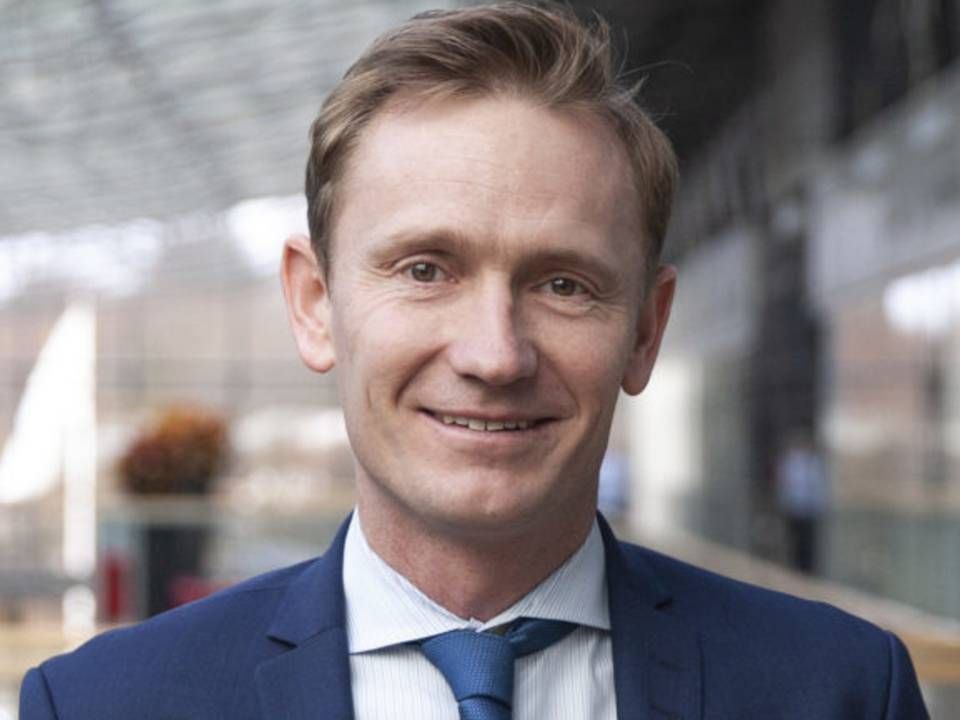Shell is back in black

Shell's third quarter profit this year fell by 92 percent against the same period of 2019.
Even so, with a bottom-line result of almost a half-billion dollars, this is a pronounced gain relative to the forfeiture of USD 18.1 billion from the preceding quarter. Although there's still some way to go for the group to climb back up to the USD 5.8 billion made in Q3 of 2019.
In the interim report, Shell attributes its decline in earnings to lower prices on crude and liquefied natural gas (LNG). At the same time, margins on refining and production volumes have withered.
Revenue also took a steep dive, albeit gaining some ground compared to the bludgeoning that occurred in the second quarter. In this year's third quarter, revenue totaled to USD 44 billion, or practically half as much as the same period last year. In Q2 of 2020, revenue was a mere USD 32.5 billion.
The oil company is not one to dwell too long on such results and prefers to look forward.
Thus, the supermajor has announced a new framework for spending, the goals being debt reduction, larger dividend payouts to shareholders and, not least, growth. Meanwhile, Shell says it's in the process of transitioning the business toward "the future of energy".
Shell wants to reduce its debt from USD 73.5 billion to USD 65 billion and has set a goal to pay out dividends corresponding to 20-30 percent of its cash flow.
"Our sector-leading cash flows will enable us to grow our businesses of the future while increasing shareholder distributions, making us a compelling investment case," writes Royal Dutch Shell Chief Executive Officer Ben van Beurden in a press statement on the interim report.
Explained briefly, Shell says it wants to diversify its assets and, as announced several times, intends to transition more toward greener energy.
Here, the company aims to achieve net zero emissions by 2050 or earlier, while the electricity business is supposed to grow. At the same time, Shell wants to commercialize hydrogen and biofuels.
This also means that the number of Shell's refineries will be cut from 14 to only six energy and chemical facilities. LNG will also gain ground, while the upstream business will be limited to nine core operative regions that will account for 80 percent of the upstream segment's cash flow.
These nine sites include Brazil, Brunei, the Gulf of Mexico, Kazakhstan, Malaysia, Nigeria, Oman, Permian and the British North Sea.
"We must continue to strengthen the financial resilience of our portfolio as we make the transition to become a net-zero emissions energy business. Our decisive actions taken earlier in the year have solidified our operational and cash delivery. The strength of our performance gives us the confidence to lay out our strategic direction, resume dividend growth and to provide clarity on the cash allocation framework, with clear parameters to increase shareholder distributions," van Beurden states.
In the third quarter, Shell booked cash flow of USD 10.4 billion, down 15 percent relative to the same quarter of 2019.
Back in the spring, Shell announced its ambition to achieve net zero emissions from 2050, while the carbon intensity of extracted fuels – scope-3 emissions – must be reduced by 65 percent.
The company is looking toward options such as offshore wind to realize these objectives.
Among other things, Shell holds a minority equity position in the the Blauwwind consortium, which is in the process on completing Dutch offshore wind farm Borssele 3+4. The oil outfit also owns a majority stake in the Hollandse Kust Noord project, secured in the Netherlands' most recent capacity tender held in July.
Offshore of Massachusetts, Shell and EDRP are working together in their Mayflower consortium developing an 800 MW installation, granted grid connection in the state's latest auction.
In New Jersey, Shell is also collaborating with EDF to develop the roughly estimated 2.5 GW Atlantic Shores project.
English Edit: Daniel Frank Christensen
Shell's shipping chief sees hydrogen as the best contender for fuel of the future
New Jersey kicks off 2.4 GW offshore wind tender
Exxon overtaken by greener utility
Shell to cut up to 9,000 jobs as virus forces reorganization
Related articles
Equinor doubles deficit
For subscribers
Shell steals exec from Ørsted
For subscribers




















.jpg&w=384&q=75)




